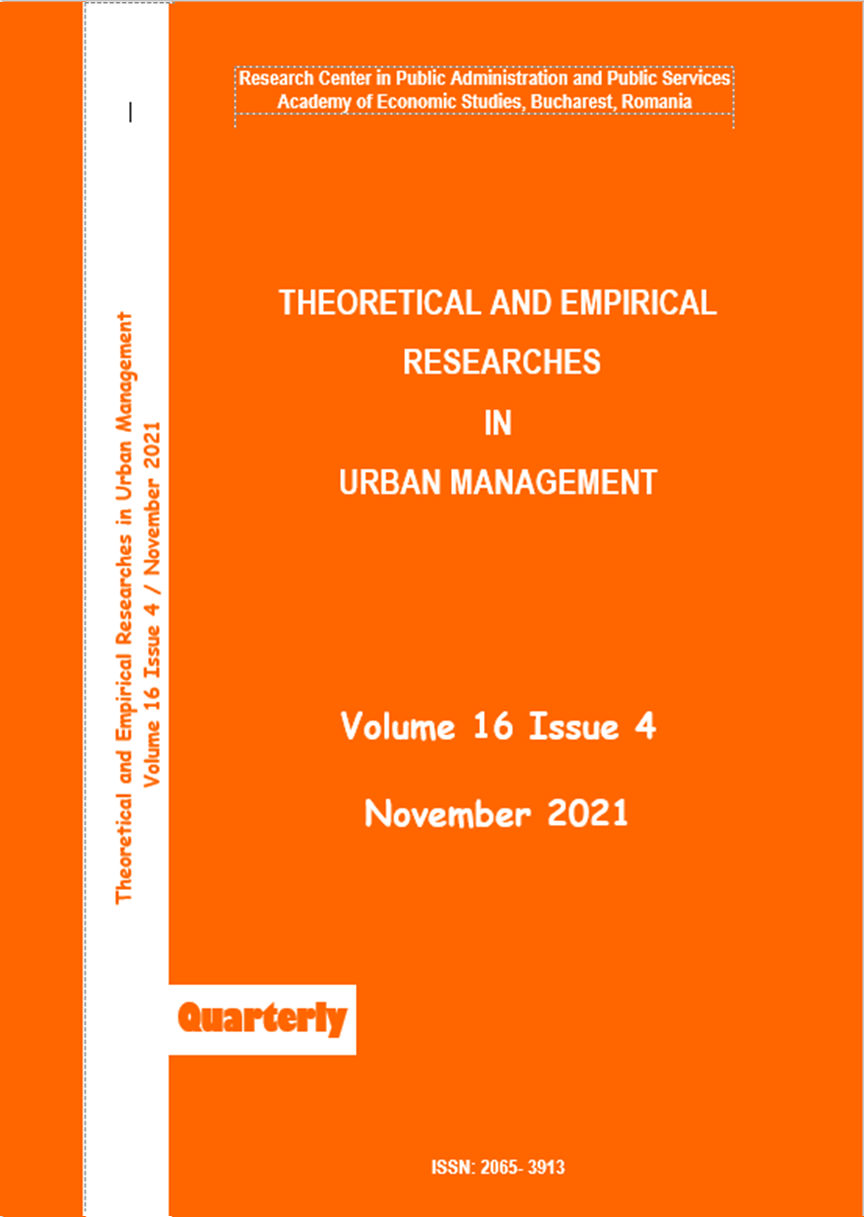YOUTH LABOUR MARKET PRECARIZATION IN REGIONAL AND URBAN CENTRES
YOUTH LABOUR MARKET PRECARIZATION IN REGIONAL AND URBAN CENTRES
Author(s): Vyacheslav Volchik, Elena MASLYUKOVA, Wadim STRIELKOWSKISubject(s): Geography, Regional studies, Regional Geography, Higher Education , Rural and urban sociology, Socio-Economic Research
Published by: Academia de Studii Economice - Centrul de Cercetare in Administratie si Servicii Publice (CCASP)
Keywords: precariat; informal employment; urban development; higher education; youth labour market; institutional changes; regional centres;
Summary/Abstract: The precariat and its institutional forms are ubiquitous at the youth labour market. This paper focuses on the youth labour market precarization in regional and urban centres. Cluster analysis of scientific publications selected from the scientometric Scopus database, as well as the interpretation of research articles made it possible for us to identify and establish five main thematic aspects (clusters) discussed in scientific literature: "mobility issues", " education", "socio-demographic problems”, “gender issues”, and “sustainability”. In the context of the analysed scientific works in the modern scientific discourse, we found that the formation of the precariat in modern regional and urban centres is associated with three key aspects: employment insecurity, insufficient income, and insufficient legal protection. Using a logit regression model, we identified factors that allows us to predict the likelihood of being included in the precariat group at the youth labour market. Overall, it appears that being a male and having a residence in the regional centre have a positive effect on the likelihood of getting into the precariat among young people, while work experience (work experience) and all types of education, especially higher education, reduce the likelihood of getting into the precariat. Our results might be important for urban planners and stakeholders as well as for the labour market strategists.
Journal: Theoretical and Empirical Researches in Urban Management
- Issue Year: 16/2021
- Issue No: 4
- Page Range: 5-19
- Page Count: 15
- Language: English

